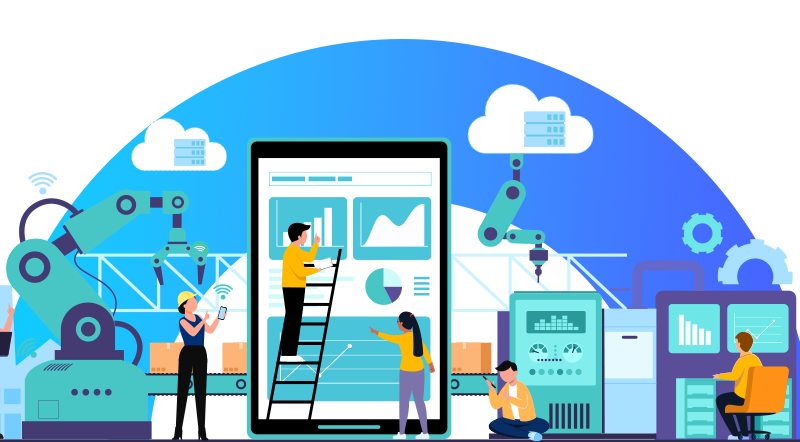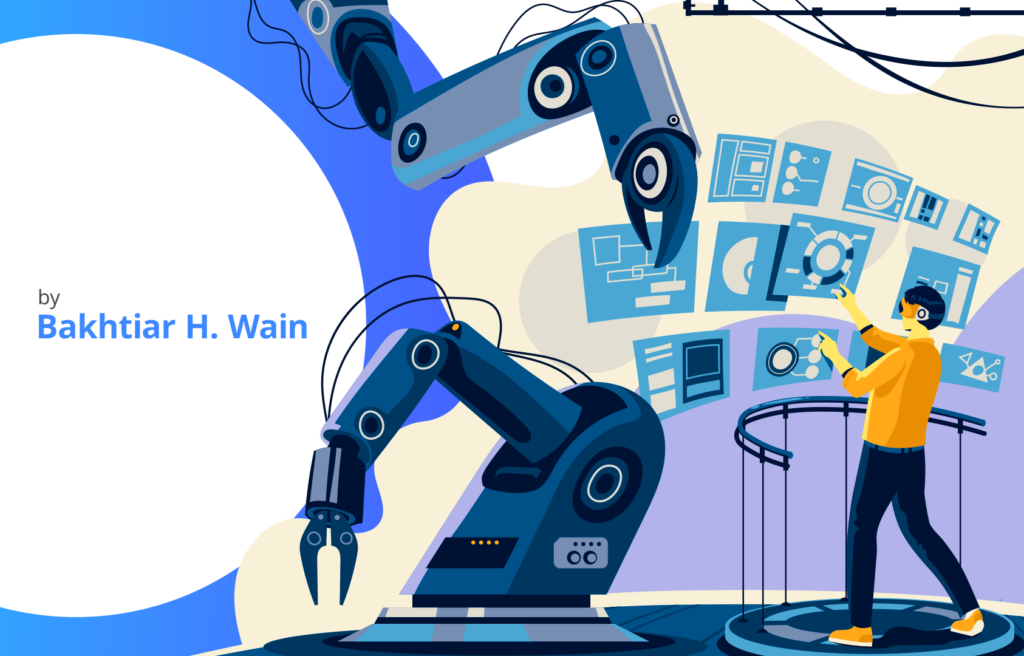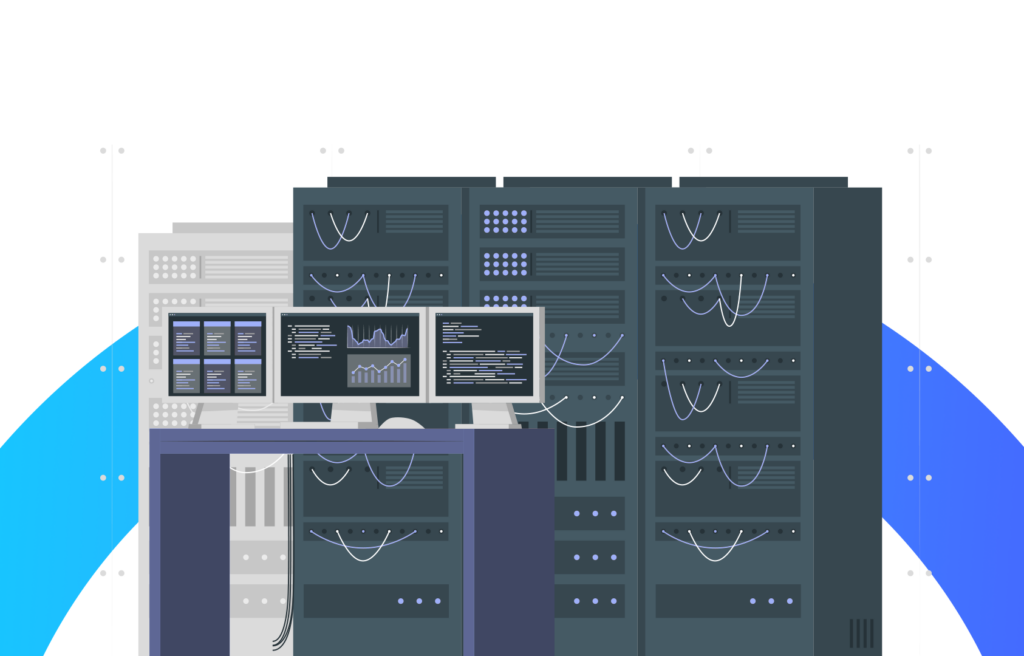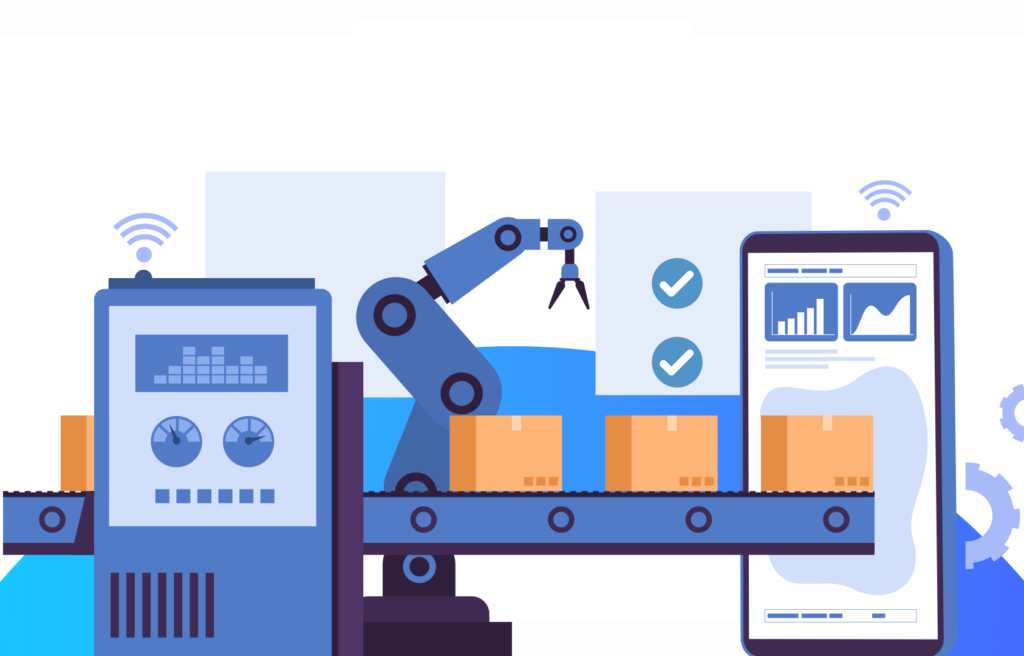As we approach 2024, the industrial landscape is undergoing significant transformation, driven by the ceaseless progression of technology. The inception of Industry 4.0 marked a crucial turning point, ushering in an era characterized by the integration of advanced digital technologies into manufacturing processes. As we gaze forward, the evolution of Industry 4.0 is laying the groundwork for the emergence of Industry 5.0. This article explores the significant trends shaping the evolutionary path of Industry 4.0/5.0 and the profound implications it holds for the industrial sector.
Industry 4.0: A recap
Industry 4.0, the Fourth Industrial Revolution, has profoundly transformed the manufacturing landscape by the integration of digitization, automation, and seamless connectivity. In the era of Industry 4.0, manufacturing processes are no longer constrained by traditional methodologies but are elevated to new heights of efficiency and innovation. This evolution has given rise to smart factories, leveraging the potential of the Internet of Things (IoT), artificial intelligence (AI), and robust data analytics to optimize production processes, elevate operational efficiency, and enable predictive maintenance.
The major facets on which Industry 4.0 operated are;
Automation:
Digitalization of manual operations has been the major highlight of Industry 4.0 leveraging technology to mitigate labor-intensive tasks which ultimately reduces risks like human errors and costly downtimes. The incorporation of digital twin technology within the manufacturing sector has significantly enhanced operational efficiency and contributed to substantial cost savings.
Interconnectivity and real-time visibility:
The Internet of Things (IoT) has empowered industries and decision-makers to stay updated on manufacturing operations analytics, offering real-time visibility. This not only facilitates remote accessibility but also facilitates predictive maintenance through advanced analytical methods.
What’s next for Industry 4.0?
As Industry 4.0 advances into 2024, more industrial enterprises are embracing its principles, marking a pivotal moment in the ongoing evolution of this trans-formative paradigm. Recognizing the significance of Industry 4.0, the industrial sector is gearing up for substantial integration in the coming year. Building on this momentum, the next frontier on the horizon is Industry 5.0.
Industry 5.0 represents a shift beyond the purely automated environment of its predecessor. This new phase seeks to intertwine human intuition, creativity, and problem-solving acumen with cutting-edge technologies.
As we look ahead, this transition holds the promise of unlocking unprecedented potential and redefining the future landscape of industrial innovation.
AI and augmented intelligence
Artificial intelligence continues to occupy a central role in Industry 5.0, along with an evident transition towards augmented intelligence. Augmented intelligence entails the fusion of human cognitive abilities with the computational power and analytical proficiency of AI. This collaborative approach empowers workers to make informed decisions, utilizing the insights derived from AI algorithms.
Sustainability and Circular Economy
In alignment with the projection of Industry 4.0/5.0, there is a distinct emphasis on sustainability and the circular economy. Within Industry 5.0, smart manufacturing processes are poised to incorporate eco-friendly practices, encompassing optimized resource utilization, waste reduction, and the incorporation of sustainable materials.
A new era of collaboration between humans and advanced technologies
As we embark on this journey beyond 2024, the trajectory of Industry 4 and 5.0 stands poised to redefine the very fabric of industrial operations, paving the way for seamless collaboration between humans and advanced technologies. A major focus of Industry 5.0 will be AI but digital aspects of Industry 5.0 already found their presence in Industry 4.0 where cloud-based systems, IoT, and IIoT are already being integrated into current industry 4.0 to enhance efficiency, do predictive maintenance, save costs, reduce downtime, and minimizing environmental waste.
To learn more about how cloud-based technology can integrate with your organizational systems to maximize your data potential and digital capabilities, check our enterprise platform OmniConnectTM.




